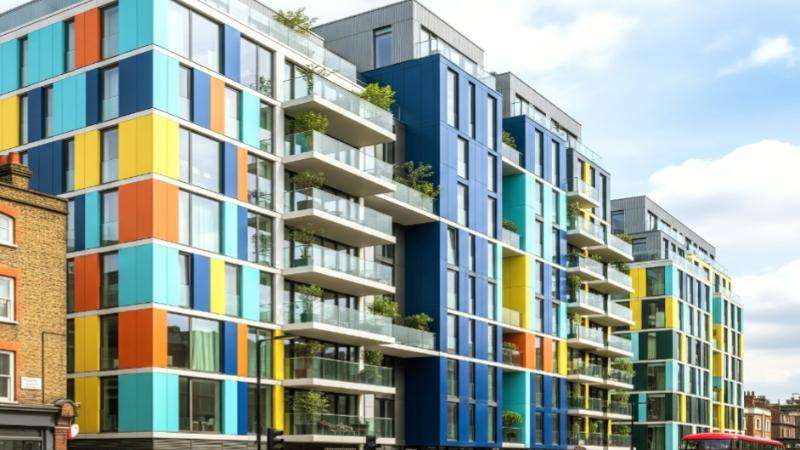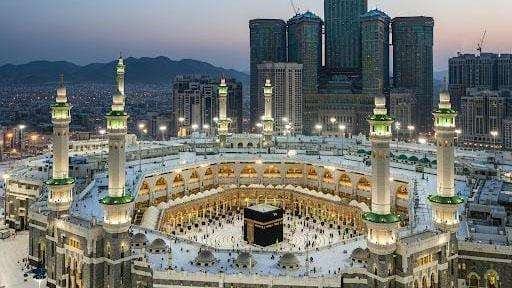A new report from the think tank Policy Exchange is calling for a radical rethink of new council homes, urging developers and policymakers to prioritise aesthetic appeal and community-centric design to avoid repeating the "concrete eyesores" of the mid-20th century. The report’s findings are particularly relevant to boroughs like Tower Hamlets, where a pressing need for social housing meets a desire to create thriving, beautiful communities, Daily Dazzling Dawn and understands.
The 35-point blueprint, supported by a former communities secretary under Tony Blair and several Labour MPs, warns that a failure to embrace thoughtful design could lead to a new generation of "design failure" in social housing. It argues that the stark, brutalist architecture of post-war tower blocks contributed to feelings of urban decay and social hopelessness. The report is a direct counterpoint to comments made by Deputy Labour Leader Angela Rayner, who previously removed the requirement for "beautiful" buildings from national planning rules, calling the term "ridiculous."
The Policy Exchange paper recommends several key design principles to foster a new era of attractive social housing. Suggestions include using more vibrant colours to move away from the "grey aesthetic" often associated with concrete, and incorporating curves and other architectural details to "soften and humanise" buildings. The report also champions a "human scale" approach, favouring mid-rise developments over intimidating high-rises. It notes that dense, low-rise European cities like Paris and Barcelona often achieve higher residential densities than British cities that have focused on towering blocks.
In East London, where communities like those in Tower Hamlets are undergoing significant regeneration, these recommendations could have a profound impact. A focus on "sustainable place-making" could lead to the creation of neighbourhoods where residents feel a sense of pride and ownership. By integrating thoughtful design, new housing developments can foster vibrant, connected communities rather than isolated, imposing structures.
Ultimately, the report argues that beautiful design should not be a luxury reserved for the wealthy. It is an "egalitarian human and social commodity" that everyone deserves. With ambitious targets to build new social homes, the government faces a critical choice: either to build quickly and cheaply, risking a repeat of past mistakes, or to embrace a new vision where beauty, community, and thoughtful design are at the heart of every new home.
East London, particularly Tower Hamlets, is grappling with a severe housing crisis that disproportionately affects its large British Bangladeshi community. High demand, soaring rents, and a shortage of suitable, family-sized social housing have led to significant overcrowding. This crisis is a modern echo of historical struggles, with many families living in cramped, unsuitable conditions, even as the area undergoes rapid development and gentrification. The situation underscores a critical need for affordable and appropriate housing solutions that respect the community's needs and cultural ties to the area.
_2.jpg)
_1.jpg)






.svg)



